スマートウォッチクロスエイト 新品
(税込) 送料込み
商品の説明
SmartWatch X8 スマートウォッチクロスエイト HCTK-SWX8
商品説明
スマートフォンと連携で通話可能!
血圧・血中酸素・心拍なども測定可能!
サイズ・容量本体サイズ:約39.7×44.5×14㎜
本体重量:約50g
パッケージサイズ:約幅90×高さ180×奥行30㎜
パッケージ重量:約101g
液晶サイズ:1.54インチTFTフルカラースクリーン
アウトカートンサイズ:470×330×345㎜
アウトカートン重量:約9.52㎏
■素材・成分:本体:亜鉛合金、ABS
【仕様】
画面解像度:240*240dpi
バッテリー:リチウムイオン電池(180mAh)
充電時間:1~2H
仕様時間:通常1~3日、音楽再生1.5H
Bluetooth:通話/音楽3.0 アプリ4.2
動作推奨環境:iOS8.0 Android4.2 Bluetooth3.0以上商品の情報
| カテゴリー | ファッション > メンズ > 時計 |
|---|---|
| 商品の状態 | 新品、未使用 |

血中酸素測定できるスマートウォッチ SMARTWATCH X8
ヒロコーポレーション SmartWatch X8 スマートウォッチクロス
スマートウォッチ クロスエイトプラス 24時間体調管理 スマートフォン連動 心拍数 血圧 血中酸素 睡眠モニター 生活防水 HCTK-SWX8-P2

a26738 スマートウォッチ クロスエイト プラス 1台 ヒロ
SmartWatch X8Plus スマートウォッチ クロスエイトプラス 24時間体調管理 スマートフォン連動 心拍数 血圧 血中酸素 睡眠モニター 生活防水 HCTK-SWX8-P2
スマートウォッチ クロスエイトプラス 24時間体調管理 スマートフォン連動 心拍数 血圧 血中酸素 睡眠モニター 生活防水 HCTK-SWX8-P2 : f-hctk-swx8-p2 : coco iine - 通販 - Yahoo!ショッピング
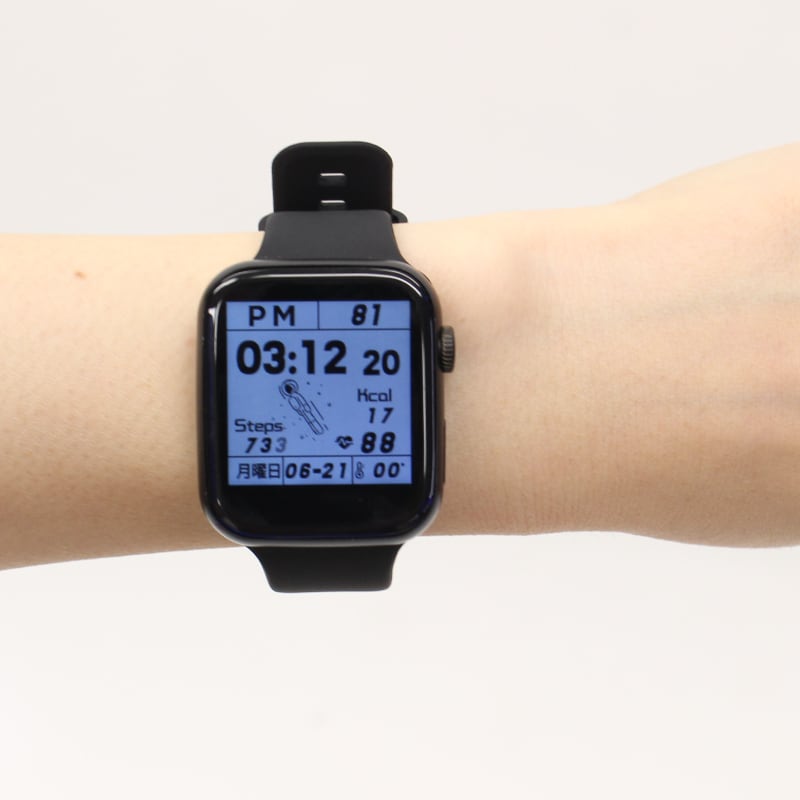
SmartWatchX8Plus スマートウォッチクロスエイトプラス HCTK-SWX8-P2

【生産完了品】SmartWatch X8 スマートウォッチクロスエイト スマホと連携で通話も可能! HCTK-SWX8

血中酸素測定できるスマートウォッチ SMARTWATCH X8

Kyoka スマートウォッチ X8 - 腕時計(デジタル)

SmartWatchX8Plus スマートウォッチクロスエイトプラス

ヒロコーポレーション SmartWatch X8 スマートウォッチクロス

Kyoka スマートウォッチ X8 - 腕時計(デジタル)

ウォッチクロス - ハンカチ

スマートウォッチ X8 | www.reelemin242.com
スマートウォッチ クロスエイトプラス 24時間体調管理
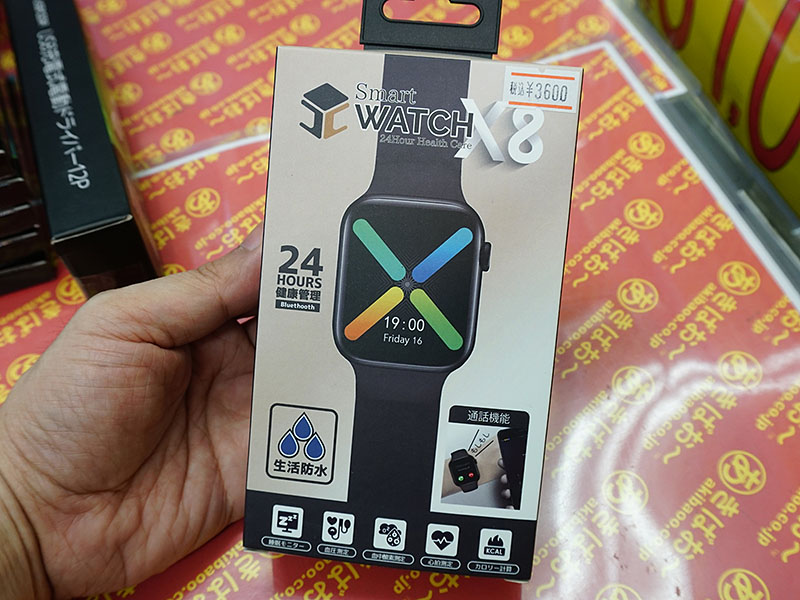
3,600円のスマートウォッチ「SmartWatch X8」が入荷、血中酸素

HCTK−SWX8−P2 SMARTWATCH X8 Plus スマートウォッチ

更に進化 ミュージック スマートウォッチX8
スマートウォッチ X8 通話機能 メッセージ 着信通知 血圧 血中

新型式直接通話可能スポーツスマートウォッチ(X8)の機能紹介

ヒロコーポレーション SmartWatch X8 スマートウォッチクロス

スマートウォッチ X8 | www.reelemin242.com

3,600円のスマートウォッチに大型モデル、血中酸素などを測定

血中酸素測定できるスマートウォッチ SMARTWATCH X8

Kyoka スマートウォッチ X8 - 腕時計(デジタル)

イトウ 24時間健康管理スマート ウォッチ クロスエイトプラス a26738 1個(直送品)
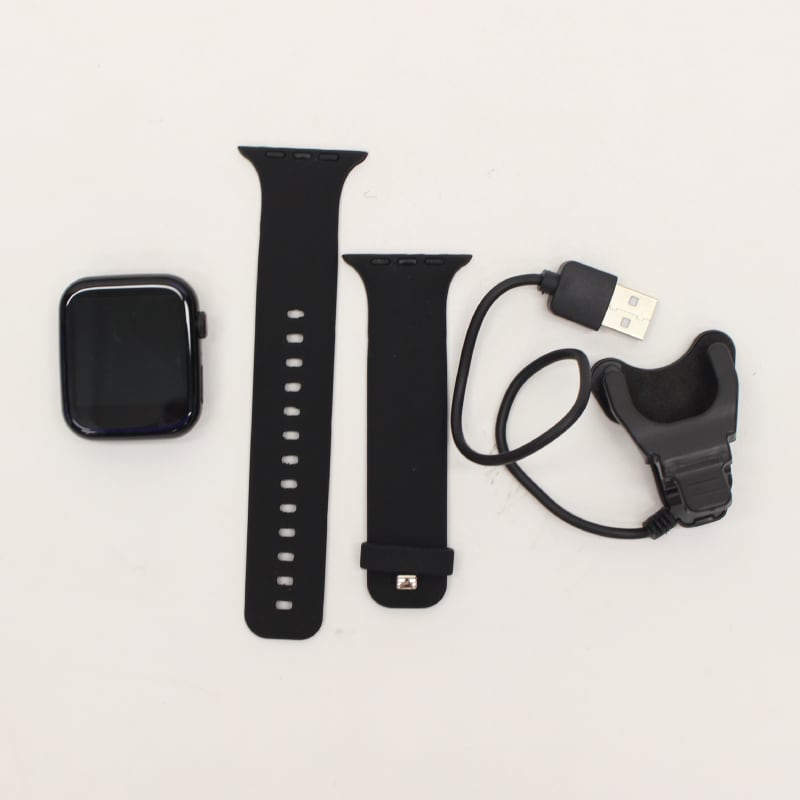
SmartWatchX8Plus スマートウォッチクロスエイトプラス HCTK-SWX8-P2

スマートウォッチを買い替えたら予想以上に多機能だった【KYOKA

スマートウォッチ(ブラック)X8+ULTRA 日本語対応 - 時計

生産完了品】SmartWatch X8 スマートウォッチクロスエイト

ファミリー・ライフ スマートウォッチ クロスエイトプラス
ヒロコーポレーション SmartWatch X8 スマートウォッチクロス

Amazon | スマートウォッチ 通話機能付き 【1.95インチ大画面

税込) スマートウォッチ X8 - メンズ
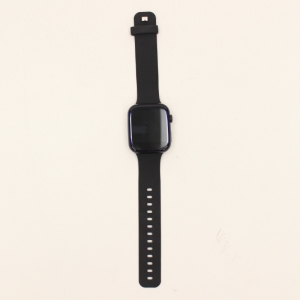
HCTK-SWX8 (ヒロコーポレーション)|スマートフォンアクセサリー

スマートウォッチクロスエイト⭐️新品⭐️ - メルカリ

スマートウォッチ X8 | www.reelemin242.com
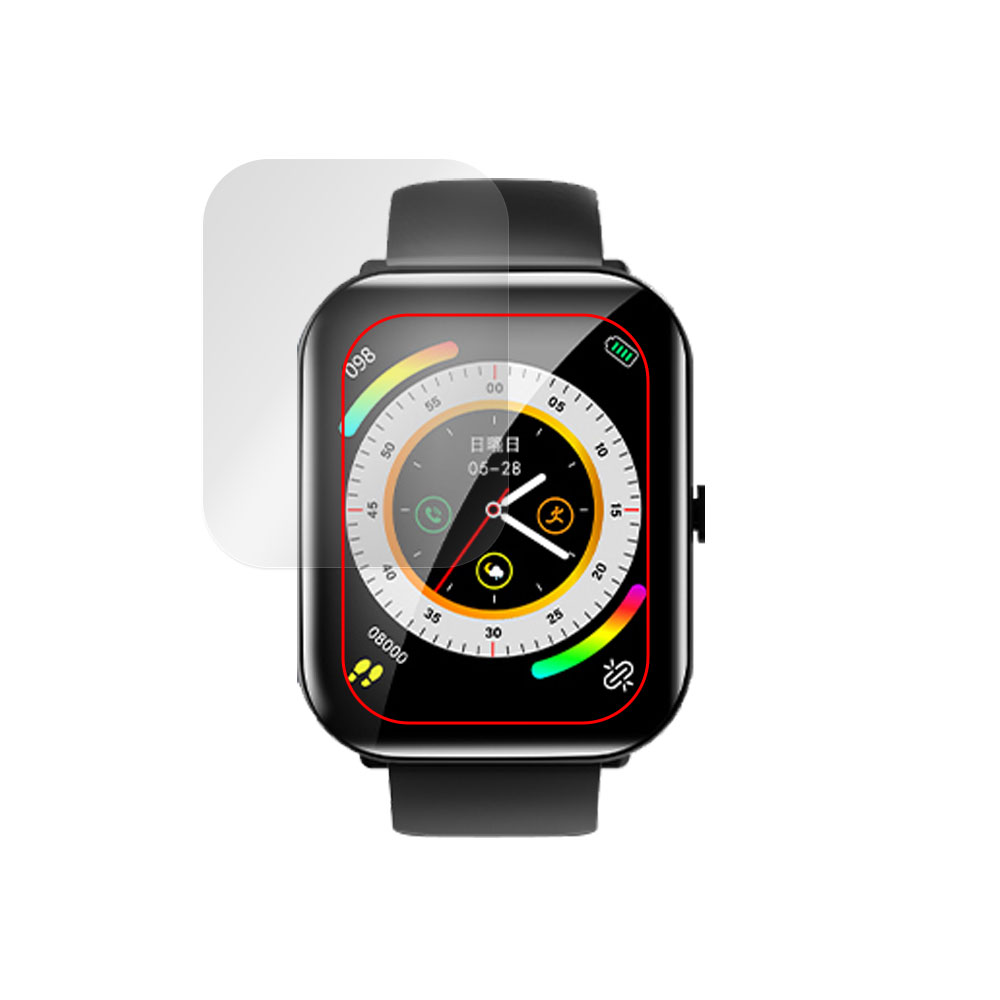
楽天市場】KYOKA 1.95インチ スマートウォッチ X8 保護フィルム

血中酸素測定できるスマートウォッチ SMARTWATCH X8





商品の情報
メルカリ安心への取り組み
お金は事務局に支払われ、評価後に振り込まれます
出品者
スピード発送
この出品者は平均24時間以内に発送しています














